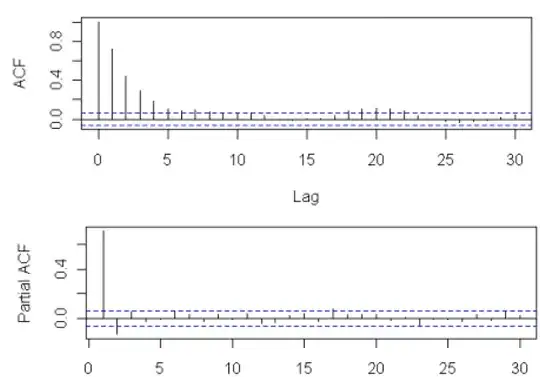I don't know if the question is worded weirdly, but I'm having difficulties understanding its logic. I have the solution, but if possible, can someone explain the reason behind it?
We have two models (assume random sampling): $E[y]=\alpha$ and $E[y|x]=\alpha$
How can we estimate for both models, $\alpha$ consistently and as efficiently as possible;
And from using these estimates, how can we test the hypothesis $H_0: \alpha= 0$
The solution given is: For model 1, which is a regression of y on a constant, the only consistent estimator is the analog estimator $\hat{\alpha}=\bar{y}$.
Model 2 is a regression on x and assuming that x is not constant with a very tight regression function. The regression parameters (here only one) can be efficiently (as the true conditional density is unknown) estimated through GLS:
